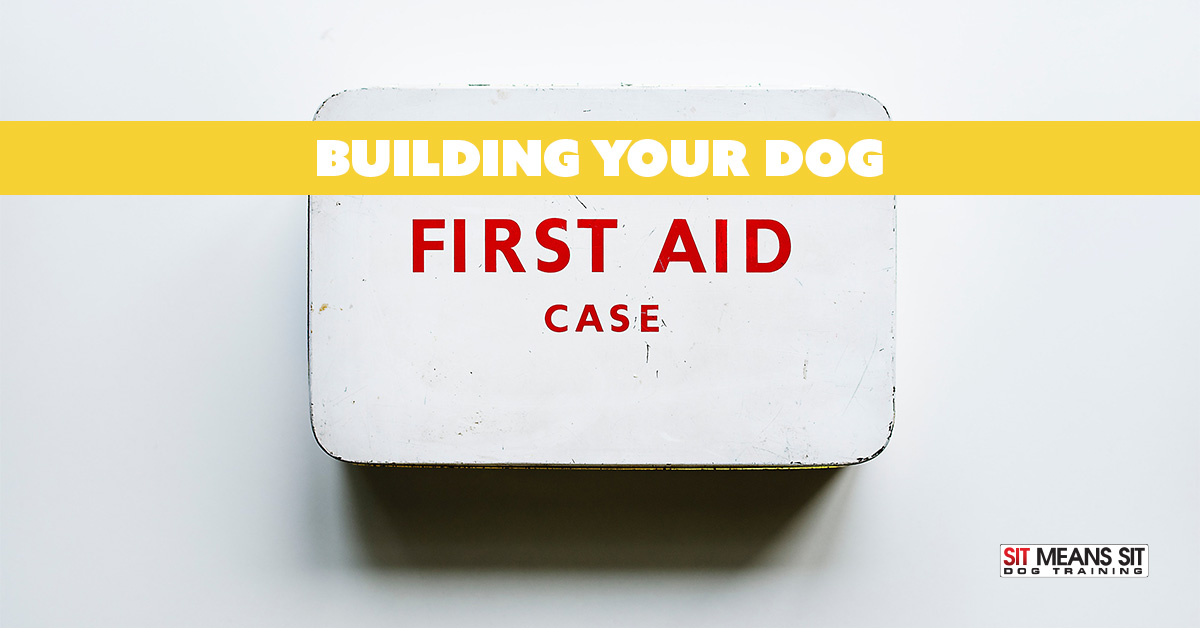
Building Your Doggie First-Aid Kit
As pet parents, we always hope for the best when it comes to our furry family members’ health and well-being. However, accidents can happen, so it’s important that you be prepared for the worst. You should always have a doggie first-aid kit on-hand at home and any time you travel. Here are some tips for what to include in your pet first-aid kit!
Medical Supplies
First and foremost, you should be adequately prepared with the proper medical supplies to treat any unforeseen wounds or health complications. We recommend the following:
- Hydrogen Peroxide – Hydrogen peroxide can be used to induce vomiting in your dog if they ingest something poisonous, but you should use it with caution. Always contact your vet or a poison control center to make sure you give your pup the proper amount.
- Gauze, Tape, Gloves, and Scissors – Gauze is crucial for stopping blood flow or acting as a temporary brace in some cases, and you should have tape and scissors to properly bandage your pup. Some gauze is self-adhesive, which means it sticks to itself and not your pup’s fur. You may consider investing in some to minimize your dog’s pain!
- Alcohol wipes and antibiotic ointment – Any open wounds should be sterilized with alcohol wipes. Then, put antibiotic ointment on the wound before the bandage. This will prevent infection!
- Medications – You should always have your dog’s prescription medications readily available in case of an emergency. If possible, ask for extras to keep in your first-aid kit at all times.
Food and Water
It may seem like common sense, but food and water are often forgotten in first-aid kits! You should have the following in your dog’s first-aid kit:
- Collapsible travel bowl – Almost as important as the food and water itself is the bowl to put it in! Collapsible travel bowls are a space-friendly way to keep your dog fed and hydrated.
- Bottled water – Especially if you and your pup are big hikers, you may not have access to running water when you need it most. Keep a water bottle in your first-aid kit to ensure you have some at the ready.
- Small packages of food – Bring some food along for your dog to stay energized, especially if you’re out and about. Additionally, small portions of food are a great way to distract your dog from any shock or pain.
Paperwork
You should always have your dog’s vaccination and veterinarian records on hand. You should also have any and all emergency phone numbers available. You never know when you may need them!
The most important thing to remember when making your doggie first-aid kit is that it’s better to be safe than sorry! Having a few extra bandages here and there is never a bad thing. Stay safe!
